Costa Blanca
Alicante plans four new Tram lines
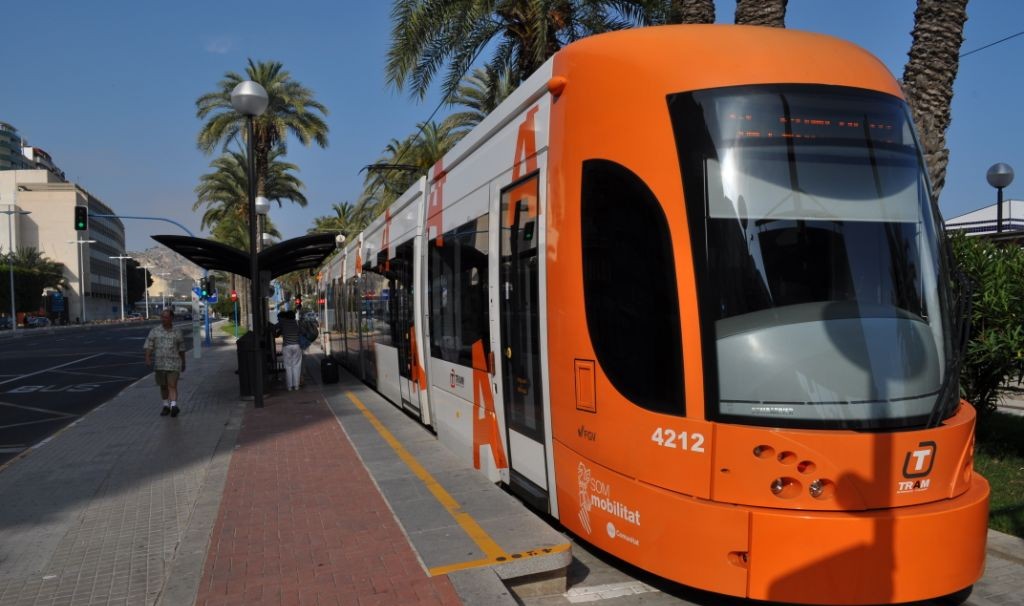
The tram’s introduction in Alicante 22 years ago revolutionised transport not only in the city but also throughout the entire region. The initial line established a connection between El Campello and Puerta del Mar. Since that time, this contemporary and environmentally friendly public transport system has grown to encompass five lines and has established connections to critical facilities, including the University of Alicante and the General Hospital de Alicante.
Nevertheless, this approach is insufficient. The preliminary studies for the general structural plan already take into account the future developments in the tram lines, which are now necessary to contemplate Alicante’s current and future growth. In Alicante, the documents anticipate the establishment of up to four new tram lines that would connect all neighbourhoods.
This is especially true for those residing in the southern region. The centre of Alicante is not accessible in neighbourhoods such as La Florida and Ciudad de Asís. Consequently, the initial new line is intended to travel in this direction, between Mercalicante and Pla de la Vallonga, via the Ocaña highway.
The new route will depart from the new Alicante Intermodal Station and travel towards Benalúa and La Florida along Avenida Aguilera , which will serve as the axis in the future of Alicante, connecting the railway terminal to the future City of Justice. One of the projects is the construction of an underground parking lot that will serve the judicial infrastructure and residents of the adjacent neighbourhoods.
From the Músico Emilio Menéndez roundabout, it would proceed along Calle Periodista Rafael González Aguilar to Calle Pianista Gonzalo Aguilar. The route would be utilised by public spaces including the Babel market, the Fernando Madroñal health centre, the Vicente Crespo-Babel sports centre, and the Polytechnic University.
Line 2 already serves Doctor Balmis General Hospital, where the second new line will commence. Nevertheless, the Gran Vía route will be extended over the Red Bridge (pending the Central Park plan, despite residents’ advocacy for its preservation) to the Barco Roundabout on Calle Mexico rather than continuing north towards San Vicente. However, the story would not conclude there. San Gabriel would be included in the second phase.
Conversely, the Gran Vía would proceed to Avenida Denia via Garbinet from the General Hospital. This new route would transverse the city, connecting the entire Gran Vía to public transportation via the boulevards from San Juan Beach to San Gabriel.
The third new line follows Novelda Avenue to Ciudad Jardín, rather than the current route of Line 2 to the University, and proceeds north. Like Marq, this line would leave from General Hospital, which would be an interchange.
The proposed fourth line would be underground, running from Luceros to Marq and then along Avenida de Denia and Bulevar del Pla to Santa Faz. This route had already been proposed as an alternative to transport the tram to San Juan Hospital and was currently under investigation.
Nevertheless, the General Structural Plan documents indicate that the project, which has already been approved by the Ministry of Infrastructure, is being maintained with a fork that extends from the Golf Course stop through Conrado Albadalejo, Nou Nazareth, and Benimagrell to the health centre.
Nevertheless, they could always be complementary, allowing for the provision of additional amenities and two routes to a location as significant as San Juan Hospital, which would accommodate a higher number of individuals.
Other critical components of the tramway’s study in the structured general plan include the establishment of park-and-ride parking spaces that facilitate car-tram connections and discourage private vehicle access to the city centre, as well as the preservation of stops that are 400 to 800 metres apart. Up to six additional parking spaces will be constructed in accordance with the municipal proposal.
Discover more from Costa Blanca Daily
Subscribe to get the latest posts sent to your email.
Costa Blanca
Benidorm uses ‘useful insects’ to control pests in local trees and gardens
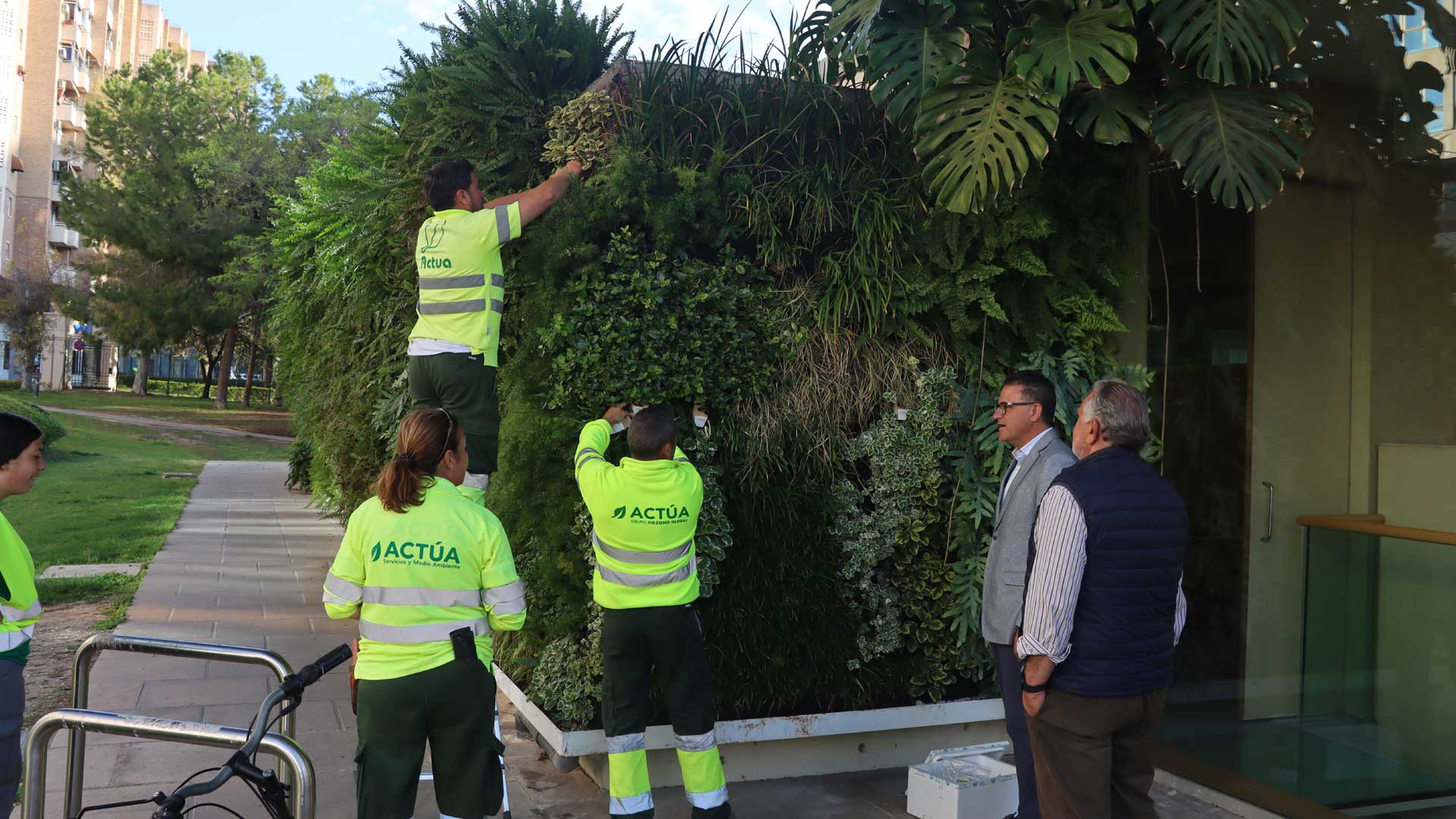
The Benidorm City Council’s Department of Parks and Gardens is employing a variety of biological techniques to manage insect pests that threaten a considerable portion of the municipality’s trees, as well as the plants and shrubs in the gardens, each year. The coming of spring and the approaching summer are the most favourable seasons of year for pest development in trees and gardens, as warm and humid climatic conditions promote their reproduction and activity.
To reduce the impact of these pests on the municipal green heritage, the City Council uses “biological control,” which involves the use of living organisms, such as “useful fauna, predators, parasites, or pathogens that are used to eliminate pest populations that affect ornamental plants, whether trees or shrubs,” according to José Ramón González de Zárate, Councillor for Parks and Gardens. Using this method, the city stays a “phosphate pesticide-free zone,” according to the councillor.
Beneficial insects are released from abundantly planted streets and highways, including Secretaría Juan Antonio Baldoví, Alcalde Vicente Pérez Devesa, Francia, and flowerbed regions. These trees include jacarandas, tipuanas, ficus trees, rosebushes, and cypress.
This technique has also been used in the parks of Sèquia Mare, Rincón de Loix, La Cala urban park, and the remainder of the rose gardens. González de Zárate mentioned the employment of insects like ladybirds to manage aphids, parasitic wasps (parasitic) that lay their eggs within caterpillars, and fungi and bacteria that infect dangerous insects. “These techniques offer only advantages because they do not contaminate the environment at all, and you can almost say that for every pest there is an insect, without affecting other species, since each predator has its preference,” according to the councillor.
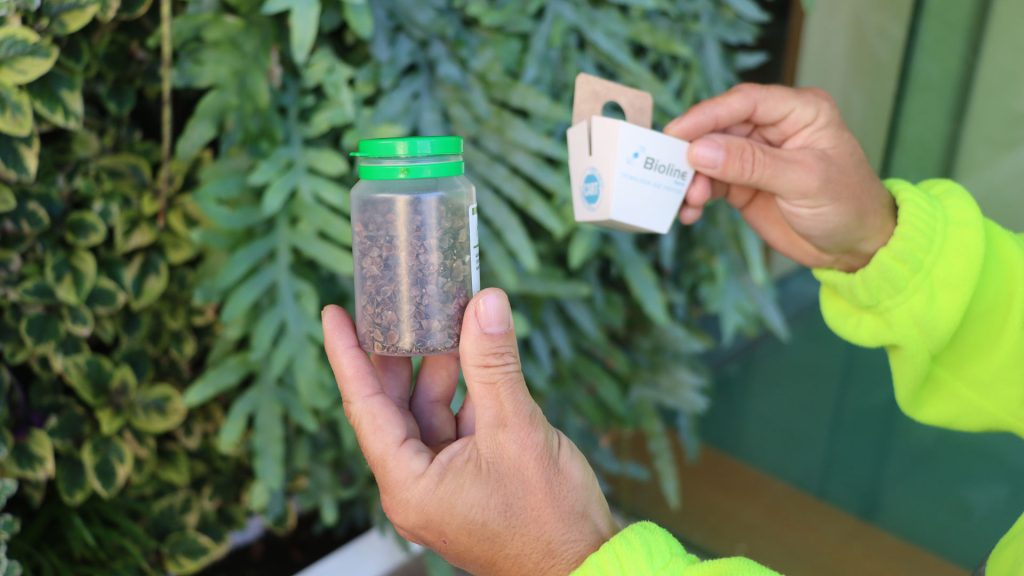
The employment of these beneficial insects has long-term effects, beginning with the organism’s establishment in each garden and on each plant type. In Benidorm, aphids frequently colonise jacaranda and tipuana trees, while thrips prefer ficus. “We use this beneficial fauna to keep the most harmful insects at bay,” the councillor explained.
The City Council uses various types of insects depending on the specific specimens and species it aims to conserve. Lacewings attack aphids, caterpillars, thrips, scale insects, and other soft-bodied insects; coccinellids consume mites and scale insects; phitoseid mites combat red spider mites; and the aforementioned parasitoid wasps consume whiteflies and aphids.
According to González de Zárate, utilising these tactics has apparent benefits because it “reduces the use of chemical insecticides on trees and flowerbeds, thus protecting pollinators.” It also increases the sustainability of decorative crops and, most importantly, protects citizens’ health by avoiding exposing them to any toxins.
Discover more from Costa Blanca Daily
Subscribe to get the latest posts sent to your email.
Costa Blanca
The 10th edition of Elche Street Food Market will be held on the weekend of May 23rd-25th

Elche City Council, through its Department of Commerce, has announced the latest edition of the “Elche Street Food Market,” which will be held on Paseo de la Estación from Friday May 23rd to Sunday May 25th.
Caridad Martínez, a local councillor, welcomed Elche residents to enjoy the event, which would include a variety of culinary offerings and entertainment for adults and families alike.
This tenth edition will include 14 food trucks serving national and foreign cuisine, a market with thirty craft, fashion, and design shops, and seven performances over the weekend by bands including Guanará, a Mecano tribute band, Hermano Salvaje, and others. In addition to live food and music, there will be storytelling, comedy shows, and children’s concerts, among other things.
Rafael Baeza, the event’s organiser, stated, “This year we’re going around the world for a gastronomic tour, with typical dishes from different countries that we’ll be able to enjoy over the course of three days.”
Admission is free and the hours of operation will be Friday, May 23rd from 6pm to midnight, Saturday, May 24th from 12pm to midnight, and Sunday, May 25th from 12pm to 11pm.
Discover more from Costa Blanca Daily
Subscribe to get the latest posts sent to your email.
Costa Blanca
Orihuela will distribute 750 new bins throughout the municipality starting next month

The Orihuela City Council’s Department of Urban Solid Waste will begin distributing 758 new containers throughout the municipality in June, with the goal of increasing containerisation and encouraging selective garbage collection. This project has been awarded a total of €690,000 (including VAT).
Rocio Ortuño, Councillor for Urban Solid Waste, stated that the renovation aligns with state legislation and the Local Waste Plan, and is a significant step towards a more efficient, clean, and recycling-friendly model.
The new containers are available in both side and top loading configurations. Specifically, the delivery comprises:
Rotourban model (side loading)
-80 units for containers (yellow fixed lid)
-140 units for paper-cardboard (blue fixed lid)
-326 units for the remaining fraction (contactless lid, grey)
Rotoglobe Model (Top Loading)
-80 units for packaging
-132 units for paper-cardboard
All containers will be customised with vinyl specifying the proportion in Spanish and a heat-printed City Hall symbol. With this project, the municipality will install 432 additional recycling containers (containers, paper, and cardboard) and 326 for other fractions, thereby improving selective collection at the source and environmental compliance.
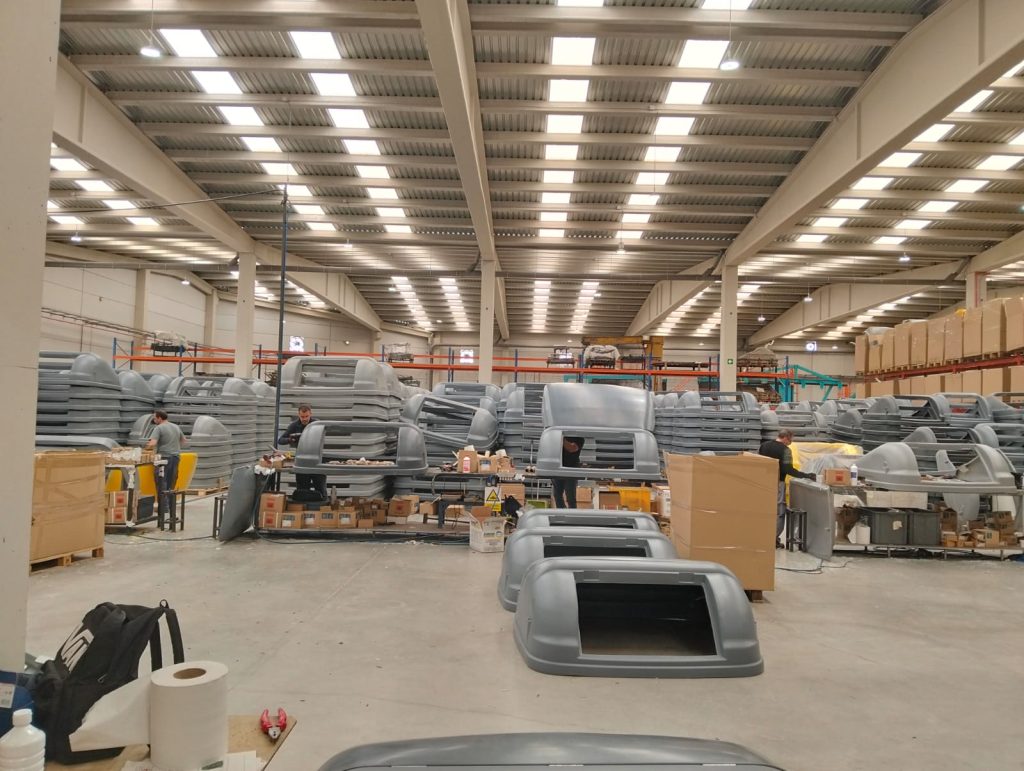
Ortuño observed that “the new 2022 Waste Law, approved by the government, has not only forced local councils to modify and increase their waste tax, but also imposes a new tax of 30 euros per tonne of waste, which in the case of Orihuela represents an annual cost of nearly one million euros.”
The councillor stated that another batch of rear-loading containers will be awarded in the coming days at a tender value of €110,000. This batch includes 877 units, which will begin arriving in late June or early July, concluding the municipality’s container fleet renewal operation.
Discover more from Costa Blanca Daily
Subscribe to get the latest posts sent to your email.
-
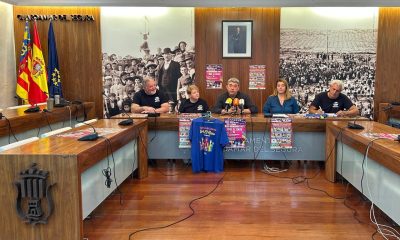
 Costa Blanca6 days ago
Costa Blanca6 days agoThe El Raso, Guardamar celebrates with a Tapas Route and concerts between May 15th and 17th
-

 Costa Blanca6 days ago
Costa Blanca6 days agoAP7 Motorway tunnel at Pilar de la Horadada CLOSED due to fire
-

 Costa Blanca2 weeks ago
Costa Blanca2 weeks agoGreen light for drafting of park-and-ride parking project in Torrevieja
-

 Costa Blanca2 weeks ago
Costa Blanca2 weeks ago27 members of the Mara Salvatrucha gang arrested in Madrid, Barcelona, Tarragona, and Guardamar
-

 News1 week ago
News1 week agoFour people arrested in Alicante province for storing and exchanging child pornography
-

 Costa Blanca6 days ago
Costa Blanca6 days agoElche joins the national protests for Palestine on May 10th
-

 Costa Blanca2 weeks ago
Costa Blanca2 weeks agoElche prohibits the sale and consumption of sunflower seeds to protect the Martínez Valero stadium
-

 Costa Blanca1 week ago
Costa Blanca1 week agoOne dead when a motorcycle collides with truck on Orihuela Costa












